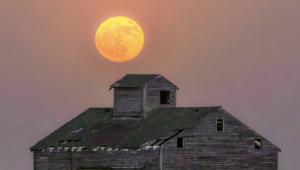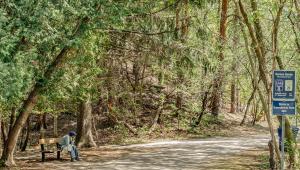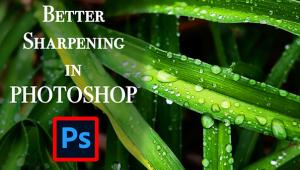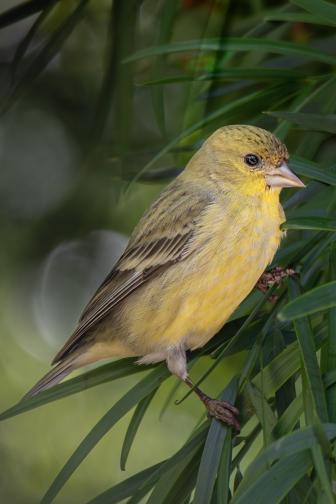Carnival In Venice; A Fashion Extravaganza
My biggest surprise in shooting the famous Carnival of Venice was how accommodating the costumed people were to be photographed. I had assumed that they would become quickly annoyed with all the photographers stopping them and wanting pictures, but the opposite was true. They came out just to be photographed. Some were out as early as 7am and in the sunrise lighting they posed in front of the classic architecture as professionally as experienced models. Each costume was more outrageous than the next, and in a very short time I was taking so many pictures my camera was smoking!
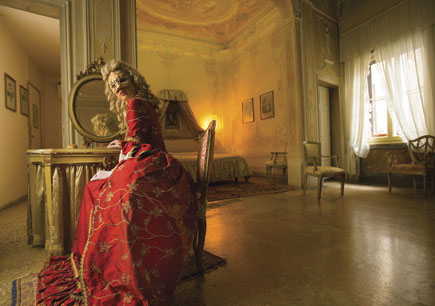 |
|
|
The biggest challenge in photographing the people in costumes was the throngs of tourists who surrounded them. As early morning became mid-morning, more and more people filled San Marco Square and the other well-known walkways of Venice, and the ability to photograph the stunning costumes with a clean background became more and more difficult. Trying to get a good vantage point was usually possible with patience, but too often there were people behind the subject, and that ruined everything. Instead of taking fine art travel photographs, you could only get documentary snapshots.
My strategy, then, was twofold. I arrived at San Marco Square very early, about 6:45am, and waited for the first costumed people to show up. It didn’t take long, because by sunrise there were already four or five fantastic people to photograph. At that hour, the only tourists who were up were serious photographers, and there was no one milling about behind the models.
 |
|
|
The second thing I did was speak to people in various costumes to see if I could set up a private shoot in an area where there were fewer tourists and where I had complete control over the lighting, background, and poses. Surprisingly, several agreed to pose for me in exchange for pictures, and I happily agreed. Most of the people I approached spoke English; indeed, one married couple who enthusiastically posed for me were retired lieutenant colonels from the US Air Force!
Equipment
I only needed two lenses for the entire four days in Venice. Long telephotos were of little use because of crowds; too many heads would be in my way. And in the narrow, winding walkways a lens longer than 200mm made little sense. The 70-200mm range gave me the ability to do headshots from a comfortable shooting distance as well as capture details in the art and architecture of the historic city.
The 16-35mm wide angle was perfect. Since I shoot a full-frame sensor camera, the Canon EOS-1Ds Mark II, I could enjoy the ultra-wide coverage of my 16mm lens without losing any of the drama due to the magnification factor associated with smaller sensors. Sometimes when a group of photographers were standing in front of a costumed model, I would get low, beneath all their lenses, and shoot upward with the wide angle to exaggerate the lines both of the person and the architecture.
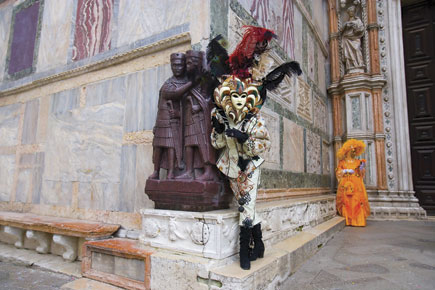 |
|
|
For photographers who shoot cameras with sensors smaller than full frame, like the Canon EOS 30D or Nikon D70, I recommend getting an ultra-wide angle lens, such as a 10-16mm or 12-24mm, to compensate for the magnification factor. Otherwise, you lose the power and drama of wide angle perspectives.
I brought a tripod with me the first morning to shoot dawn light, but I realized that as it got lighter and the Carnival participants came out to be photographed, a tripod was a liability. Setting one up as more and more photographers were crowding in to get their shots was impossible. In this kind of environment, I had to shoot fast to get as many angles as I could and then move on to the next model. Mobility was crucial, so I left my tripod at the hotel on subsequent mornings.
- Log in or register to post comments




















